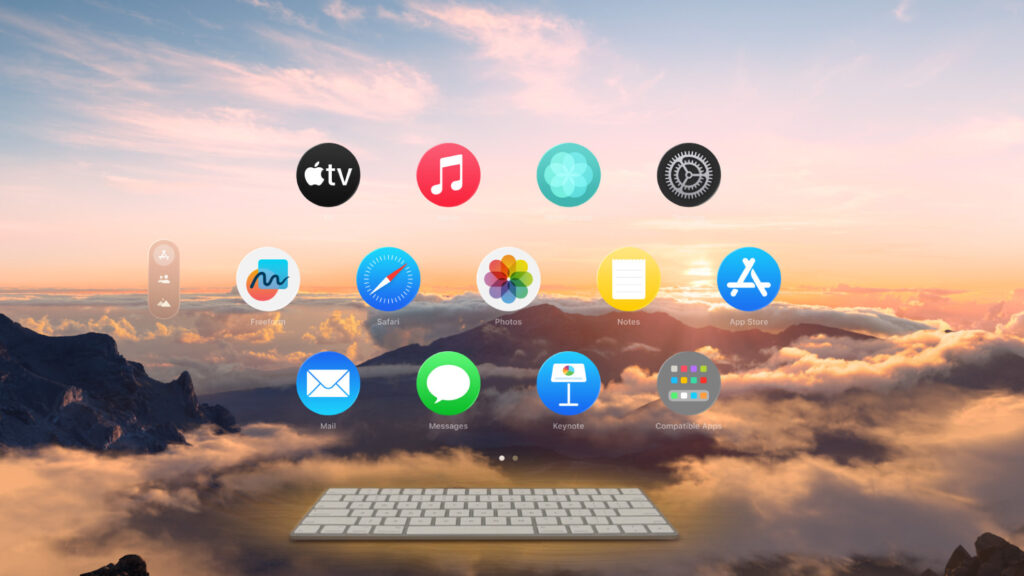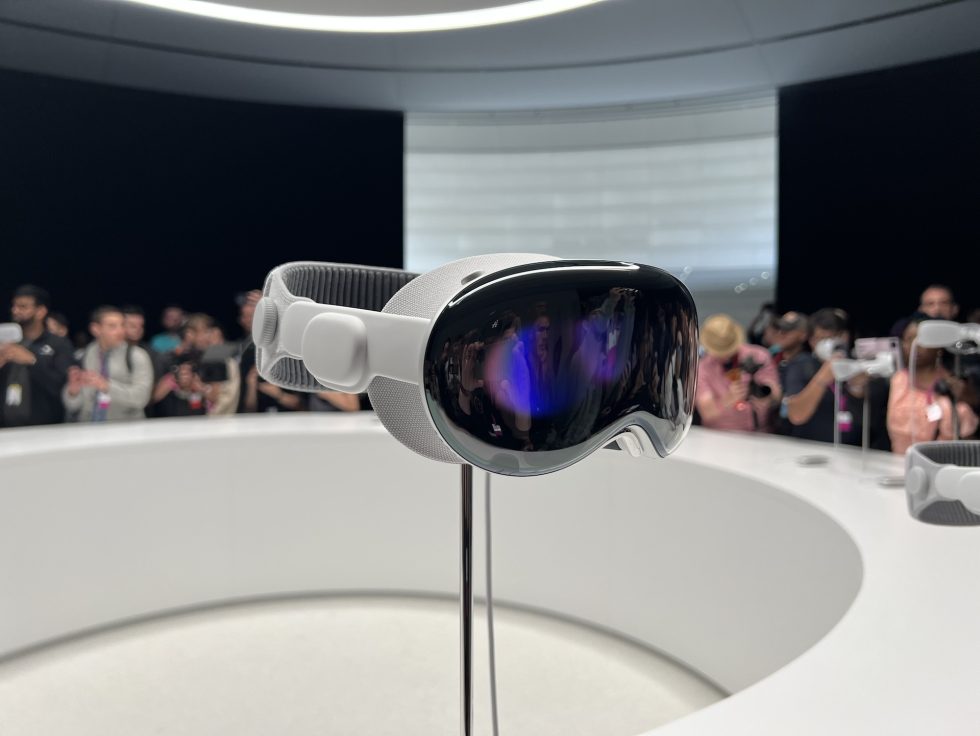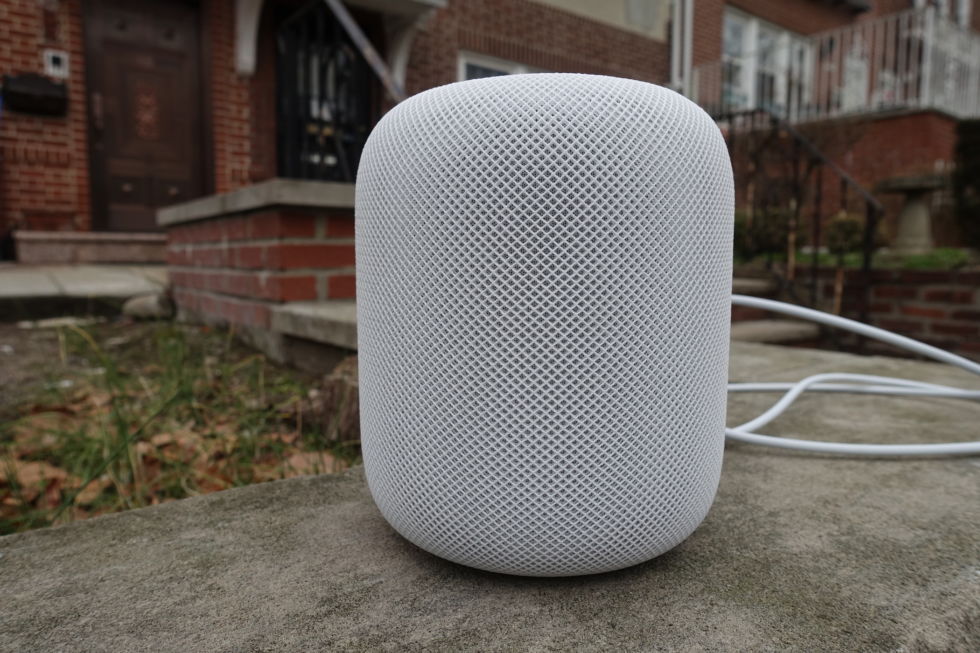We expect to see new designs, new branding, and more at Apple's WWDC 2025.
Apple's Worldwide Developers Conference kicks off on Monday with the company's standard keynote presentation—a combination of PR about how great Apple and its existing products are and a first look at the next-generation versions of iOS, iPadOS, macOS, and the company's other operating systems.
Reporting before the keynote rarely captures everything that Apple has planned at its presentations, but the reliable information we've seen so far is that Apple will keep the focus on its software this year rather than using the keynote to demo splashy new hardware like the Vision Pro and Apple Silicon Mac Pro, which the company introduced at WWDC a couple years back.
If you haven't been keeping track, here are a few of the things that are most likely to happen when the pre-recorded announcement videos start rolling next week.
Redesign time
Reliable reports from Bloomberg's Mark Gurman have been saying for months that Apple's operating systems are getting a design overhaul at WWDC.
The company apparently plans to use the design of the Vision Pro's visionOS software as a jumping-off point for the new designs, introducing more transparency and UI elements that appear to be floating on the surface of your screen. Apple's overarching goal, according to Gurman, is to "simplify the way users navigate and control their devices" by "updating the style of icons, menus, apps, windows and system buttons."

Any good software redesign needs to walk a tightrope between freshening up an old look and solving old problems without changing peoples' devices so much that they become unrecognizable and unfamiliar. The number of people who have complained to me about the iOS 18-era redesign of the Photos app suggests to me that Apple doesn't always strike the right balance. But a new look can also generate excitement and encourage upgrades more readily than some of the low-profile or under-the-hood improvements that these updates normally focus on.
The redesigned UI should be released simultaneously for iOS, iPadOS, and macOS. The Mac last received a significant facelift back in 2020 with macOS 11 Big Sur, though this was overshadowed at the time by the much more significant shift from Intel's chips to Apple Silicon. The current iOS and iPadOS design has its roots in 2013's iOS 7, though with over a decade's worth of gradual evolution on top.
An OS by any other name
With the new design will apparently come a new naming scheme, shifting from the current version numbers to new numbers based on the year. So we allegedly won't be seeing iOS 19, macOS 16, watchOS 12, or visionOS 3—instead, we'll get iOS 26, macOS 26, watchOS 26, and visionOS 26.
The new numbers might be a little confusing at first, especially for the period of overlap where Apple is actively supporting (say) macOS 14, macOS 15, and macOS 26. But in the long run, the consistency should make it easier to tell roughly how old your software is and will also make it easier to tell whether your device is running current software without having to remember the number for each of your individual devices.
It also unifies the approach to any new operating system variants Apple might announce—tvOS starts at version 9 and iPadOS starts at version 13, for example, because they were linked to the then-current iOS release. But visionOS and watchOS both started over from 1.0, and the macOS version is based on the year that Apple arbitrarily decided to end the 20-year-old "macOS X" branding and jump up to 11.
Note that those numbers will use the upcoming year rather than the current year—iOS 26 will be Apple's latest and greatest OS for about three months in 2025, assuming the normal September-ish launch, but it will be the main OS for nine months in 2026. Apple usually also waits until later in the fall or winter to start forcing people onto the new OS, issuing at least a handful of security-only updates for the outgoing OS for people who don't want to be guinea pigs for a possibly buggy new release.
Seriously, don’t get your hopes up about hardware

Gurman has reported that Apple had "no major new devices ready to ship" this year.
Apple generally concentrates its hardware launches to the spring and fall, with quieter and lower-profile launches in the spring and bigger launches in the fall, anchored by the tentpole that is the iPhone. But WWDC has occasionally been a launching point for new Macs (because Macs are the only systems that run Xcode, Apple's development environment) and occasionally brand-new platforms (because getting developers on board with new platforms is one way to increase their chances of success). But the best available information suggests that neither of those things is happening this time around.
There are possibilities, though. Apple has apparently been at work behind the scenes on expanding its smart home footprint, and the eternally neglected Mac Pro is still using an M2 Ultra when an M3 Ultra already exists. But especially with a new redesign to play up, we'd expect Apple to keep the spotlight on its software this time around.
The fate of Intel Macs
It's been five years since Apple started moving from Intel's chips to its own custom silicon in Macs and two years since Apple sold its last Intel Macs. And since the very start of the transition, Apple has resisted providing a firm answer to the question of when Intel Macs will stop getting new macOS updates.
Our analysis of years of support data suggests two likely possibilities: that Apple releases one more new version of macOS for Intel Macs before shifting to a couple years of security-only updates or that Apple pulls the plug and shifts to security-only updates this year.
Rumors suggest that current betas still run on the last couple rounds of Intel Macs, dropping support for some older or slower models introduced between 2018 and 2020. If that's true, there's a pretty good chance it's the last new macOS version to officially support Intel CPUs. Regardless, we'll know more when the first betas drop after the keynote.
Even if the new version of macOS supports some Intel Macs, expect the list of features that require Apple Silicon to keep getting longer.
iPad multitasking? Again?
The perennial complaint about high-end iPads is that the hardware is a lot more capable than the software allows it to be. And every couple of years, Apple takes another crack at making the iPad a viable laptop replacement by improving the state of multitasking on the platform. This will allegedly be another one of those years.
We don't know much about what form these multitasking improvements will take—whether they're a further refinement of existing features like Stage Manager or something entirely new. The changes have been described as "more like macOS," but that could mean pretty much anything.
Playing games
People play plenty of games on Apple's devices, but they still aren't really a "destination" for gaming in the same way that a dedicated console or Windows PC is. The company is apparently hoping to change that with a new unified app for games. Like Valve's Steam, the app will reportedly serve as a storefront, launcher, and achievement tracker, and will also facilitate communication between friends playing the same game.
Apple took a similar stab at this idea in the early days of the iPhone with Game Center, which still exists as a service in the background on modern Apple devices but was discontinued as a standalone app quite a few years ago.
Apple has been trying for a few years now to make its operating systems more hospitable to gaming, especially in macOS. The company has added a low-latency Game Mode to macOS and comprehensive support for modern wireless gamepads from Microsoft, Sony, and Nintendo. The company's Game Porting Toolkit stops short of being a consumer-friendly way to run Windows games on macOS, but it does give developers of Windows games an easier on-ramp for testing and porting their games to Apple's platforms. We'll see whether a unified app can help any of these other gaming features gel into something that feels cohesive.
Going home

One of Apple's long-simmering behind-the-scenes hardware projects is apparently a new kind of smart home device that weds the HomePod's current capabilities with a vaguely Apple TV-like touchscreen interface. In theory, this device would compete with the likes of Amazon's Echo Show devices.
Part of those plans involve a "new" operating system to replace what is known to the public as "HomePod Software" (and internally as audioOS). This so-called "homeOS" has been rumored for a bit, and some circumstantial evidence points to some possible pre-WWDC trademark activity around that name. Like the current HomePod software—and just about every other OS Apple maintains—homeOS would likely be a specialized offshoot of iOS. But even if it doesn't come with new hardware right away, new branding could suggest that Apple is getting ready to expand its smart home ambitions.
What about AI?
Finally, it wouldn't be a mid-2020s tech keynote without some kind of pronouncements about AI. Last year's WWDC was the big public unveiling of Apple Intelligence, and (nearly) every one of Apple's product announcements since then has made a point of highlighting the hardware's AI capabilities.
We'd definitely expect Apple to devote some time to Apple Intelligence, but the company may be more hesitant to announce big new features in advance, following a news cycle where even normally sympathetic Apple boosters like Daring Fireball's John Gruber excoriated the company for promising AI features that it was nowhere near ready to launch—or even to demo to the public. The executives handling Apple's AI efforts were reshuffled following that news cycle; whether it was due to Gruber's piece or the underlying problems outlined in the article is anyone's guess.
Apple will probably try to find a middle road, torn between not wanting to overpromise and underdeliver and not wanting to seem "behind" on the tech industry's biggest craze. There's a decent chance that the new "more personalized" version of Siri will finally make a public appearance. But I'd guess that Apple will focus more on iterations of existing Apple Intelligence features like summaries or Writing Tools rather than big swings.
Hope you enjoyed this news post.
Thank you for appreciating my time and effort posting news every day for many years.
News posts... 2023: 5,800+ | 2024: 5,700+ | 2025 (till end of May): 2,377
RIP Matrix | Farewell my friend
 You are from
You are from 


3175x175(CURRENT).thumb.jpg.b05acc060982b36f5891ba728e6d953c.jpg)
Recommended Comments
There are no comments to display.
Join the conversation
You can post now and register later. If you have an account, sign in now to post with your account.
Note: Your post will require moderator approval before it will be visible.